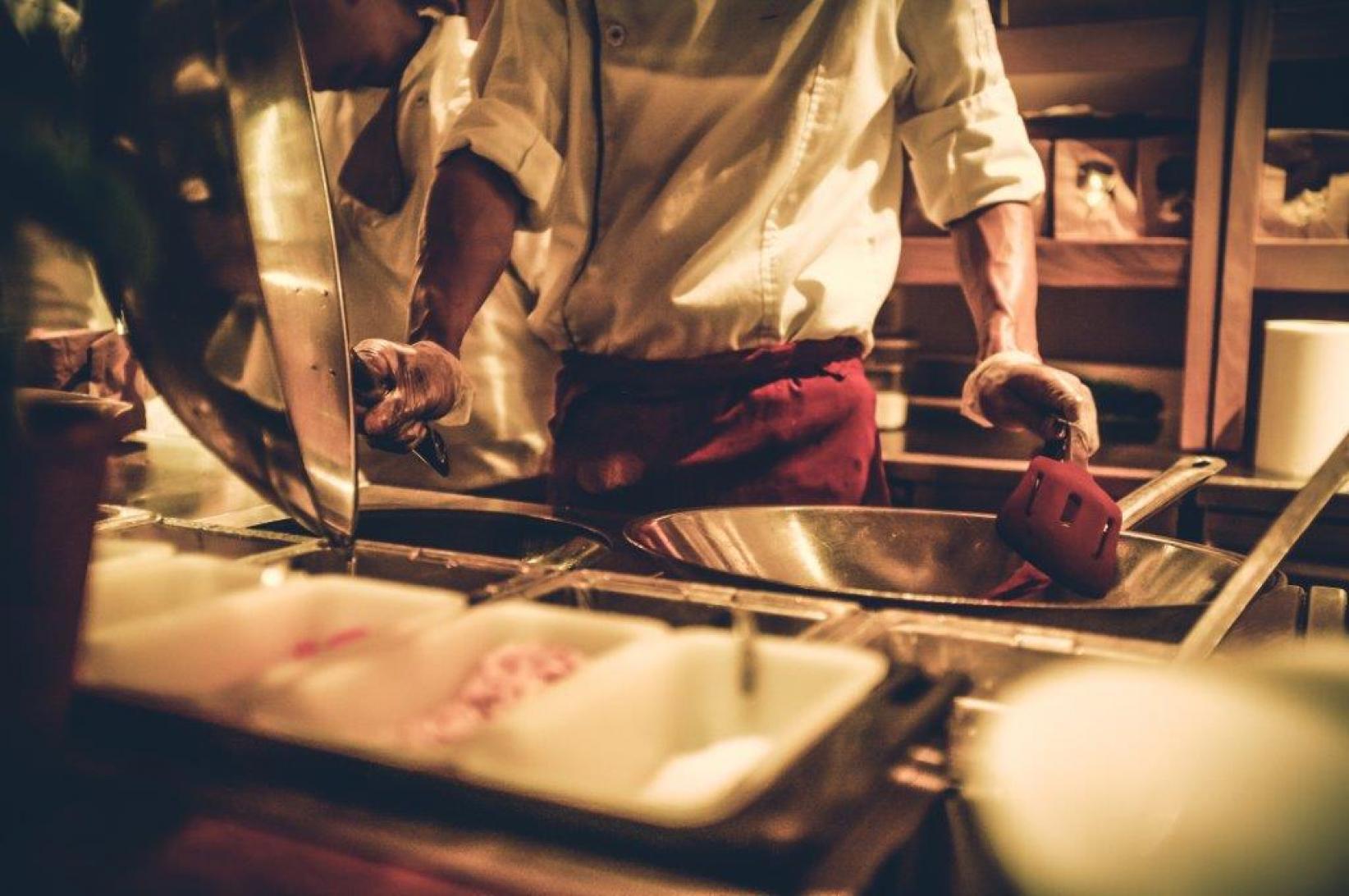
2018 Trends and Predictions for the Year Ahead: The State of Hospitality Employment
By most accounts, 2017 was a good year – and 2018 should follow suit
The Canadian hotel sector will post a record breaking year in 2017.
Canada 150 celebrations were heavily promoted domestically, resulting in more overnight visits to hotels and increased local spending in food & beverage outlets. They were also promoted globally, and partly due to their influence, from January - October 2017 18.4M travellers came to Canada – an increase of 4% over 2016. Hotel Occupancy, Average Daily Rate and RevPAR were all up significantly over 2016. According to HVS, last year marks the largest annual increase in 8 consecutive years of growth. All indications are this trend will continue as Canada is billed as one of the top international travel destinations globally, and the tone and policies in the U.S. continue to lend themselves to driving international travellers, both business and pleasure, to the Canadian market.
The Canadian restaurant and food service sectors also experienced no lull in spending.
Over the first 10 months of 2017, commercial food service sales jumped by a solid 5.1%, with full service restaurants up 5.7%, limited service eating places up 5.6%, and special food services up 2.3%, though drinking places were down .5%. The digital disruption that has impacted retailers is also affecting food service – but positively. The historical decline in the casual dining category slowed somewhat last year due to the added sales boost from online delivery aggregators such as Just Eat, Skip the Dishes and Uber Eats. However, the fastest-growing meal segment in 2017 was ready-prepared meals at grocers, meal kit companies and other retailers, so the worlds – and customer bases - of food retailing and food service are colliding.
International tourism will mean big business in Canada in 2018.
With $91.6 billion in total economic activity and 1.7 million jobs related to the sector, tourism is one of the few truly national industries that generates business in every region, province, territory, town and community. Our Prime Minister and Chinese Premier Li Keqiang have announced 2018 as the Canada-China Year of Tourism with a goal of welcoming record numbers of Chinese visitors to the country. In 2017 inbound travel from China was up 11% and the government has set a goal to double the number of Chinese travelers by 2021. And this is just one country.
Domestic spending on hospitality will be up as well - low unemployment, high levels of consumer confidence and a low Canadian dollar mean Canadians will have more free income to spend, and an incentive to do so domestically, dining out and travelling more within Canada.
Overall, combining increased international tourism with increased domestic hospitality spending should make 2018 another banner year.
The State of Hospitality Employment
The Canadian hospitality industry is at a crossroads, facing a major challenge that must be addressed – the need for a permanent solution to the labour shortage crisis in restaurants, hotels and resorts.
Talk to any Canadian hotel group or restaurant chain or independent, large or small, and they will likely describe significant challenges in recruiting appropriately qualified staff. Canada's job market surprised the experts in December adding a solid 79,000 jobs, and the unemployment rate is now at record lows at 5.7, exacerbating an already tight labour market that is desperate for qualified operators and staff. This has renewed calls in some areas to re-open the Temporary Foreign Worker program so as to help alleviate the shortages the industry is facing in culinary, housekeeping etc.. However, it’s unlikely those changes will come soon enough to impact the very real need we see today. The hotel and restaurant industry are still facing serious labour shortages and our associations are working hard to lobby government for new initiatives.
Talent attraction is one of the biggest issue employers in the hospitality sector face today. It’s no secret to restaurant operators across the country that demand for culinary roles will continue to outpace available talent. Due to strong national commercial development and restaurant openings, the need for solid restaurant operators in the fast casual and casual dining market segments remains unabated. We have also seen a strong recognition of the guest-oriented hospitality skill set draw executives and culinary talent over to the retirement living industry, exacerbating the talent shortage in the traditional sectors of the hospitality industry. Many employees in the restaurant industry are taking extra shifts and split shifts due to labour shortages. This causes burnout and turnover, contributing to the problem.
Change is coming - discussions about the fairness of day rates, abolishing tips and other considerations have been widely publicised and are on the top of both employee and employer’s minds. As we tour the country, we repeatedly hear that the substantial increase in minimum wage in several key provinces is keeping employers up at night. Will they pass on the costs of these increases to the price sensitive consumer, or reduce costs by reducing head count and planning to increase productivity? We will soon find out.
The gig economy is putting additional stress on finding available, committed, long-term employees. New applications like Pluggd, Staffy, and Pineapple are attempting to offer new options for short-term casual employment. These apps are hoping to address some of the problems long plaguing the restaurant, catering and events industries, such as unpaid shifts, unscrupulous management and employee no-shows. However, the jury is still out on whether they will truly have a positive impact on overall hiring, be affordable for the employer, and be advantageous for the employee.
For most hospitality organizations, recruiting is a top priority because winning the battle in any service industry sector requires winning the battle in the talent market first.